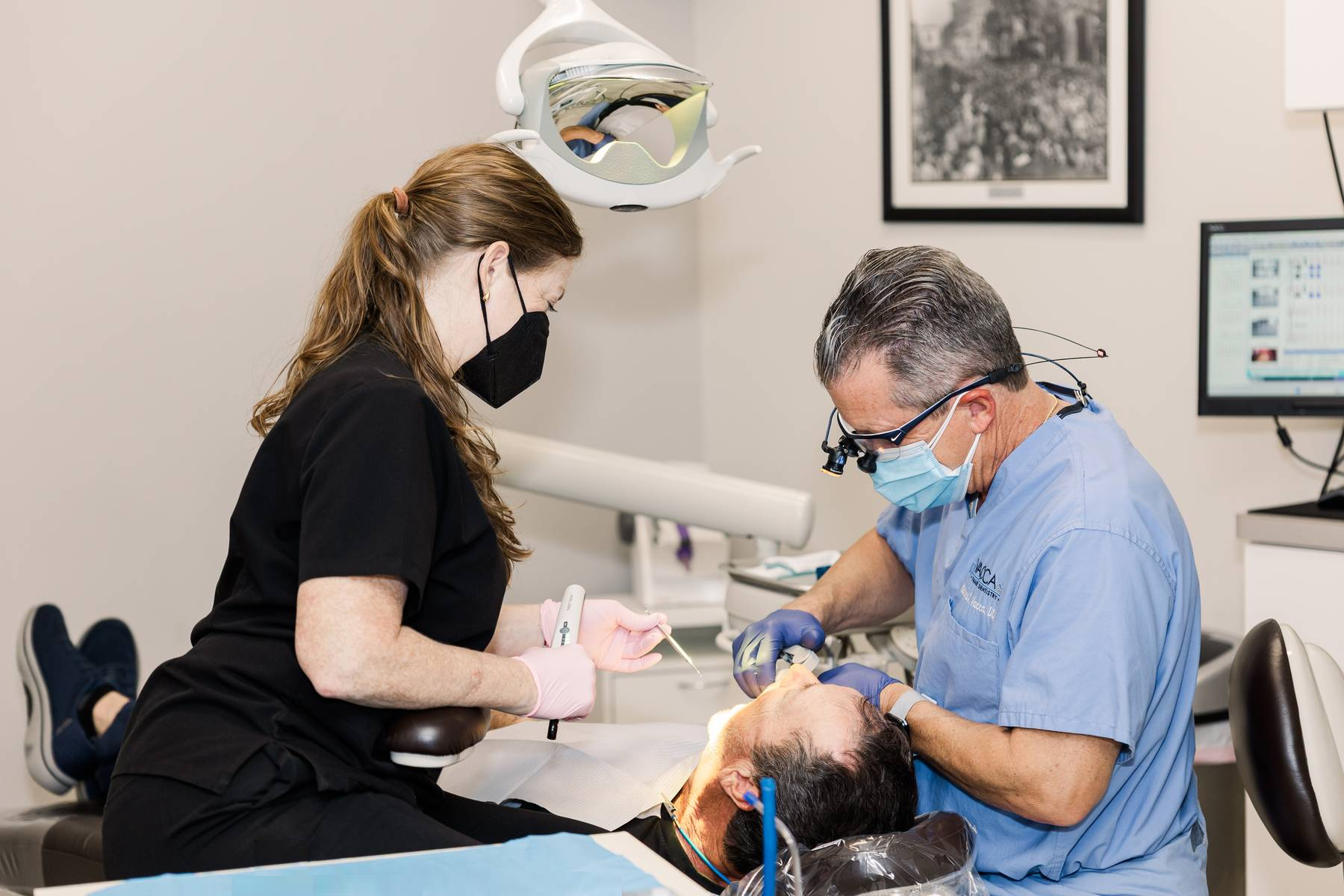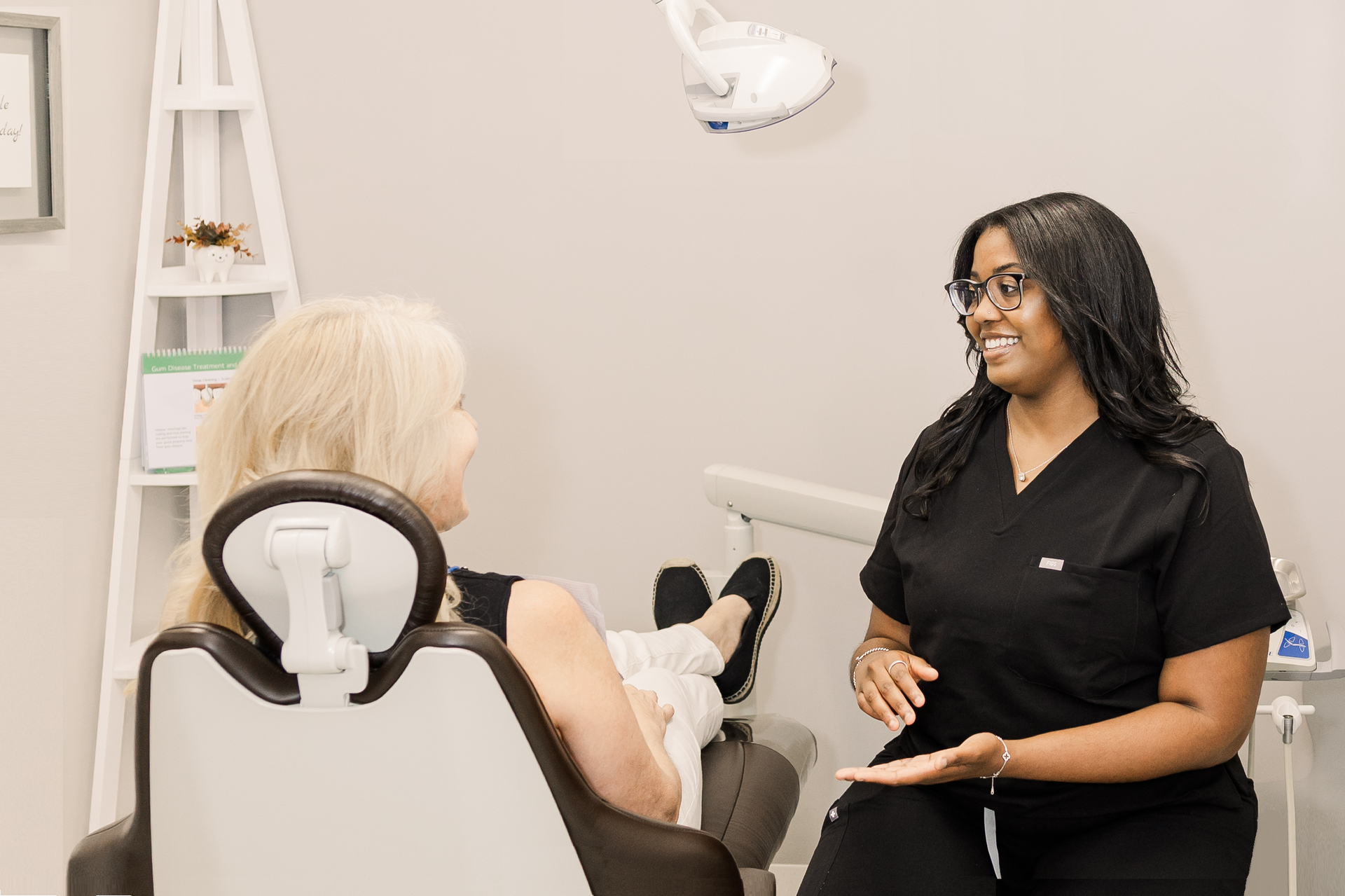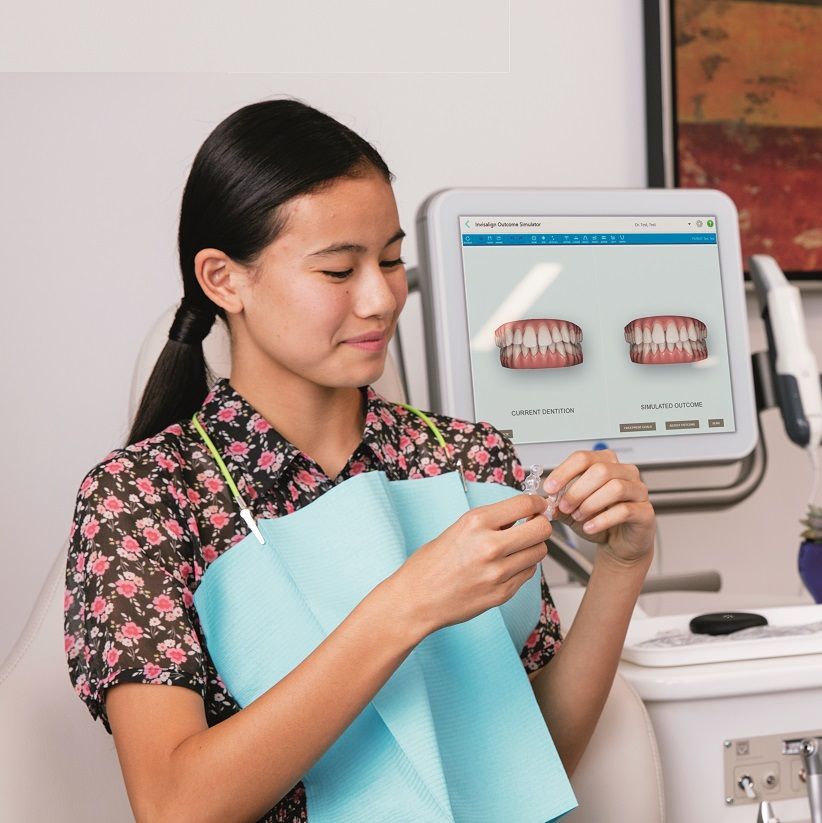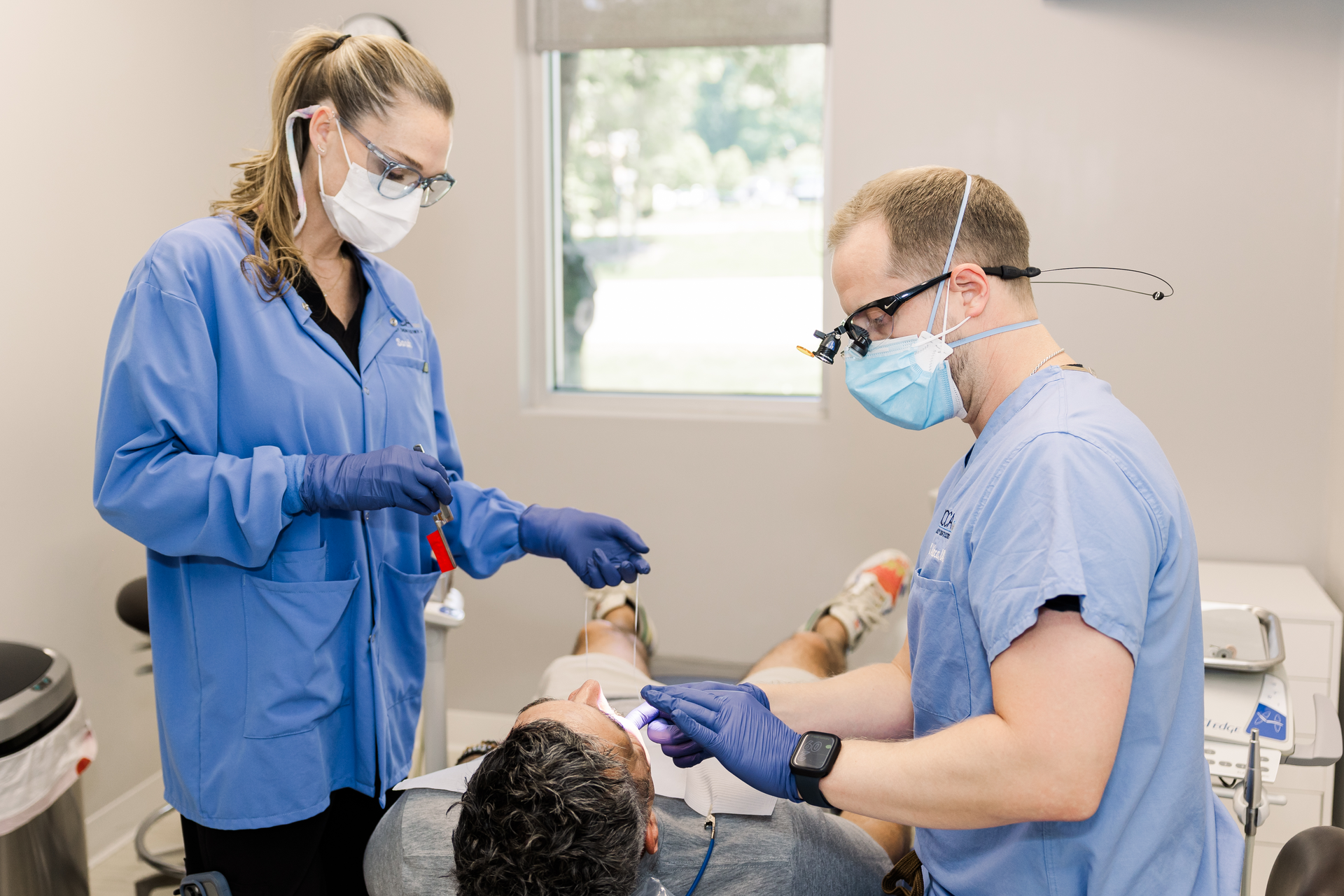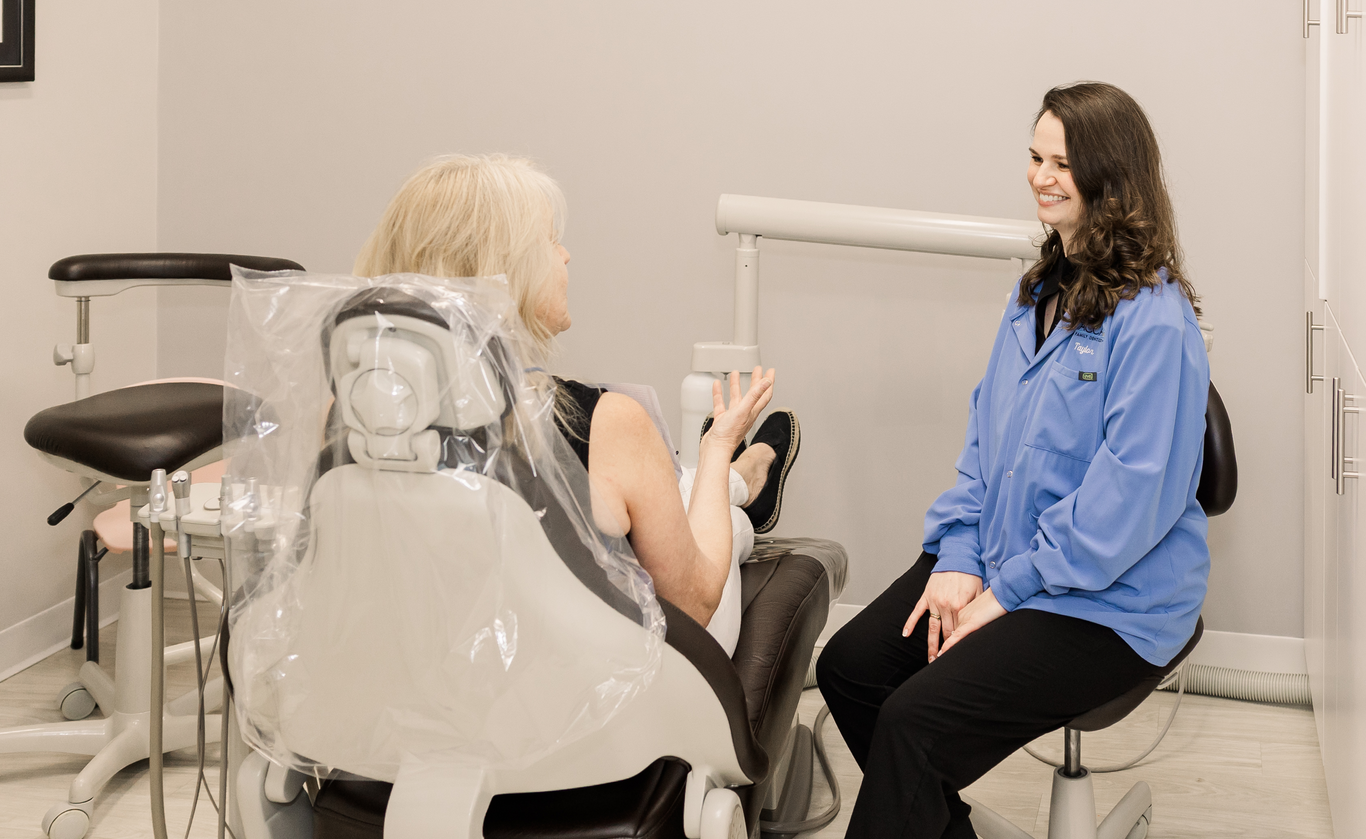How Modern Dentistry Is Changing Smiles in Midlothian
By William R. Vacca, DDS
The late Steve Jobs, co-founder of Apple, once said “Innovation is the ability to see change as an opportunity, not a threat.” In the last 30 years or so, there has been a transformation in the way that we diagnose, treat, and manage dental disease. Technology has vastly improved the way dentistry is practiced today, making dentistry more comfortable, durable, efficient, and esthetic for patients than ever before.
In the year 2022, it is our job as dental health providers to integrate new technologies that maintain a high standard of excellence and accuracy, while building on the foundations and key concepts of the past. Below are just a few of the ways in which dentistry has changed and the exciting new technologies that we at Vacca Family Dentistry are providing.
Oral Impressions
One of the worst things about going to the dentist, whether it is 1950 or 2022, is getting an impression. Just the word “impression” when talking about anything dental makes people squirm. Well, we have good news and bad news.
The bad news is that for a lot of procedures, an accurate impression is not only necessary, but integral to the success of your treatment. The good news is that for many of these procedures, a 3D scan can now be obtained by using a handheld digital intraoral scanner.
At Vacca Family Dentistry, we use the Itero© scanner for crowns/bridges, Invisalign© clear aligner treatment for adults, night guards, implants, and removable partial dentures. Itero© captures the impressions then creates three-dimensional images within seconds to share with our patients. Our patients LOVE it! There’s no gooey material, no gagging, and patients like being able to visualize the anticipated results as well as the progress of their treatment.
Best of all, according to many studies, a scan is actually more accurate than a traditional impression. So, when discussing treatment, ask about digital scans and the options available to you.
Crowns and Bridges
When it comes to crowns and bridges, the Gold Standard material is Gold (no pun intended). It is the most durable, easily adaptable, and easiest material on opposing teeth. In the past, posterior crowns were either Gold or other dark metal crowns. Then came a change to layered crowns Porcelain Fused to Metal (PFM) crowns. This change was beneficial because crowns become more esthetic due to the porcelain, but the materials can be weak due to the layering process.
The latest crowns are made of one of two highly esthetic, durable, and strong materials called Zirconia or Lithium Disilicate. These crowns are both known for fracture resistance, high density, high hardness, and wear resistance. Plus, there are no layers, and no metal.
Cavity Fillings
In the past, when you went to the dentist to repair a cavity, an amalgam or silver filling was placed in your tooth. Amalgam is a mixture of mercury, silver, copper, zinc, and tin. Although these restorations last a long time, they can be aesthetically unpleasing and can cause teeth to fracture (requiring teeth to be extracted or fixed with crowns).
Today, we us a highly esthetic, nanocomposite material that is moldable, shapeable, and when illuminated by a high-intensity curing light, hardens to a glass/tooth-like consistency. Composites come in different shades, allowing us to customize each restoration to each patient's natural tooth color.
Please call our office for details on Invisalign at (804) 739-9191. We are always excited to share the latest dental advancements with you for the highest standard of care.
